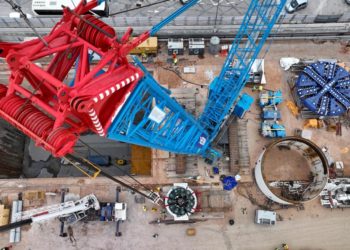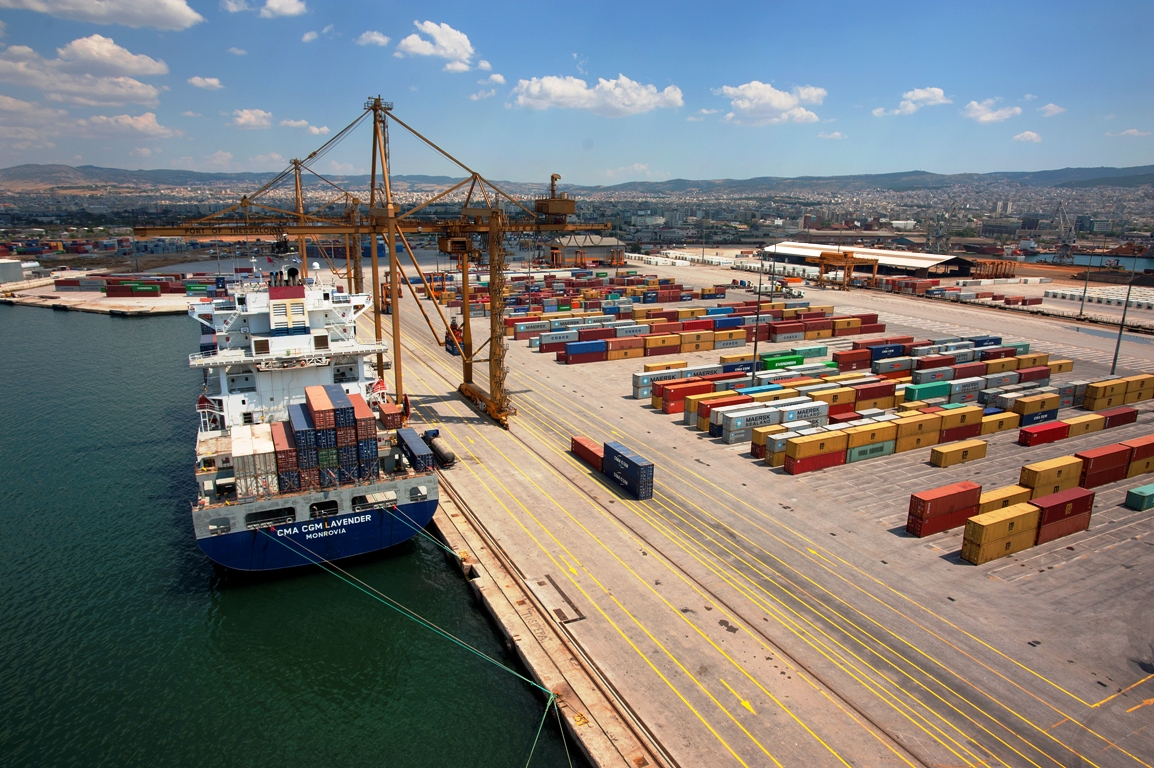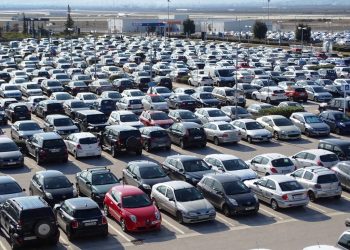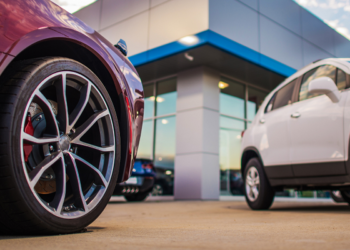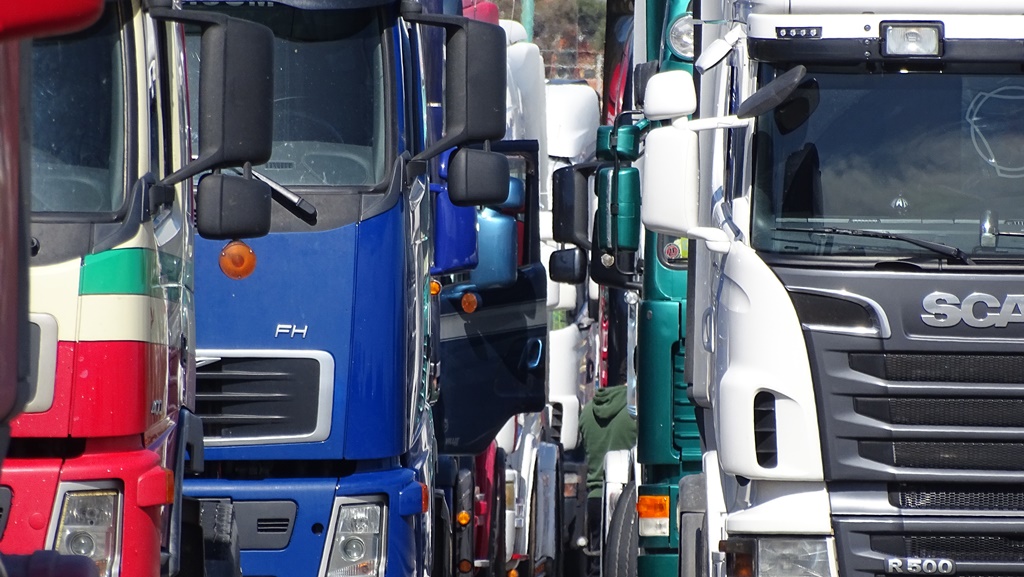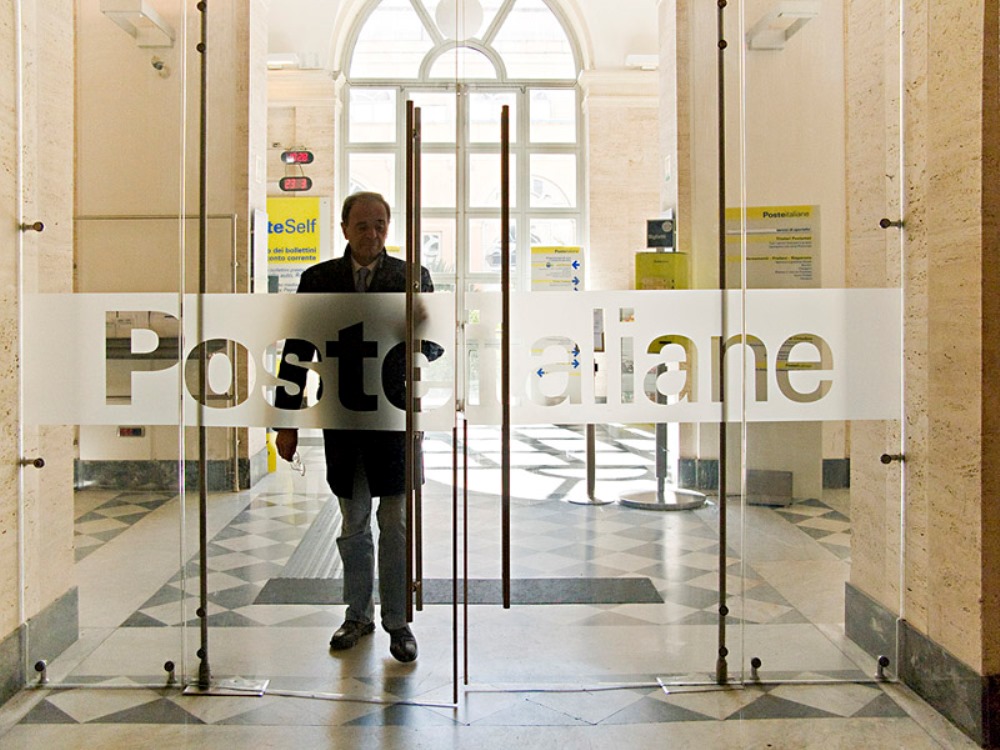Europe is in the midst of election season and the power play that follows. All eyes are on what’s in store for the continent’s lagging competitiveness.
Elections are in full swing across Europe. The first round of elections in France kicks off this week, triggered directly by the outcome of the European Parliament vote. UK voters are also heading to the polls in game-changing elections, set to inject a new dynamic into our relations across the Channel. On top, every single high-level EU meeting, like the June EU Summits, seems to also bring a new twist to the wrangling for key jobs and portfolios. Uncertainty is the mood du jour and is likely to remain such for months to come.
The business world too is holding its breath, evaluating whether a new class of EU decision makers will adapt the rules of the game to current economic and geopolitical realities, and what this will mean for past and future investment decisions.
The question is whether political momentum will translate in actual political will. Is the EU going to take a more serious approach to the competitiveness of its industries, including the automotive sector, the second largest in the bloc? Will there be coherent policies to match the Green Deal ambitions with tangible support for our industry’s transition to zero-emission mobility?
This is urgently needed, against the backdrop of lagging public charging infrastructure built-out, a market for electric cars and trucks that’s not gaining traction fast enough, and fierce competition from regions offering better investment conditions for green tech.
We have all seen promising signs with Enrico Letta’s report to strengthen the Single Market and invest in critical infrastructure, and Ursula von der Leyen’s endorsement of the Antwerp Declaration for a European Industrial Deal to complement the Green Deal and keep high-quality European jobs in Europe. We support these political declarations but what businesses in our sector (and many others) desperately need is more than just aspiration, we want to see tangible and concrete action.
For instance, if the European Commission is serious about supporting competitiveness, there should be a new post of Executive Vice President for the Industry Deal. The titleholder should be responsible for ensuring that Commission initiatives advance the competitiveness and resilience of the EU industry.
What auto makers also want to see is a real mindset shift regarding the EU regulatory framework: ensure a better match between the paper and industrial realities. Clear the house by eliminating overly prescriptive legal acts or endless additional reporting obligations that make manufacturers scratch their heads trying to comply. All this diverts attention and precious resources from R&D and investments into the green transition at a time when it’s needed the most.
Properly assess new proposals before layering on more targets and regulations. Use all available policy instruments to simplify and streamline investments into recharging and refilling infrastructure for zero-emission vehicles. For example, establish a principle that permitting approvals shall automatically be approved within 12 weeks for alternative fuel infrastructure projects.
Take tangible action to upskill and reskill European workers: establish the Automotive Skills Academy under the Net-Zero Industry Act, prioritising the most essential skills for our society: electric vehicle manufacturing, cybersecurity, data processing, and automation.
The list can go on and on. And we are not shying away from our responsibility. In addition to steering about €250 billion of investment into zero-emission mobility by 2030, we are working on tangible proposals for a more reasonable pace of implementing legislation, overcoming infrastructure development bottlenecks and incentivising consumers and businesses to switch to zero-emission vehicles.
The EU automotive industry stands firmly behind the goal of having a climate-neutral economy by 2050. Yet we are facing a perfect storm of challenges and there is no quick fix to these problems: we need relentless ambition, but also pragmatism and realism. The only viable solution for Europe is a long-term, thought-through industrial strategy accompanying and enabling the transition.
Europe may not be able to match China or the US when it comes to the speed or amount of public money and state support for critical industries or more competitive energy costs. But we can and should better leverage our strengths – the Single Market, our strong R&D culture – and work on our weaknesses such as burdensome and incoherent regulation and a fragmented capital market, to develop our own ‘Unique Selling Proposition’ to keep manufacturing in Europe competitive.
This is the outcome the EU industry wants from the elections.
(ACEA)

